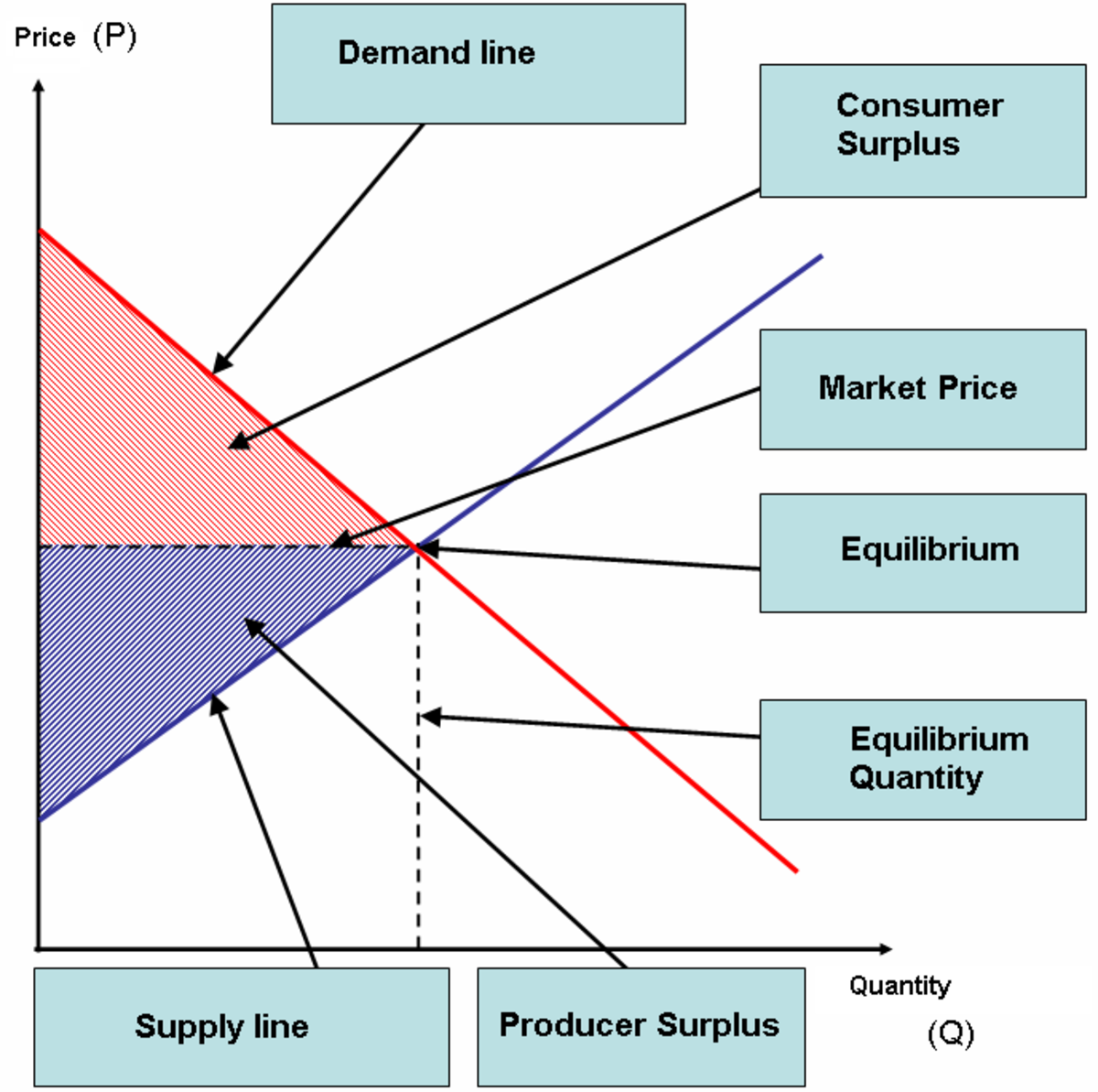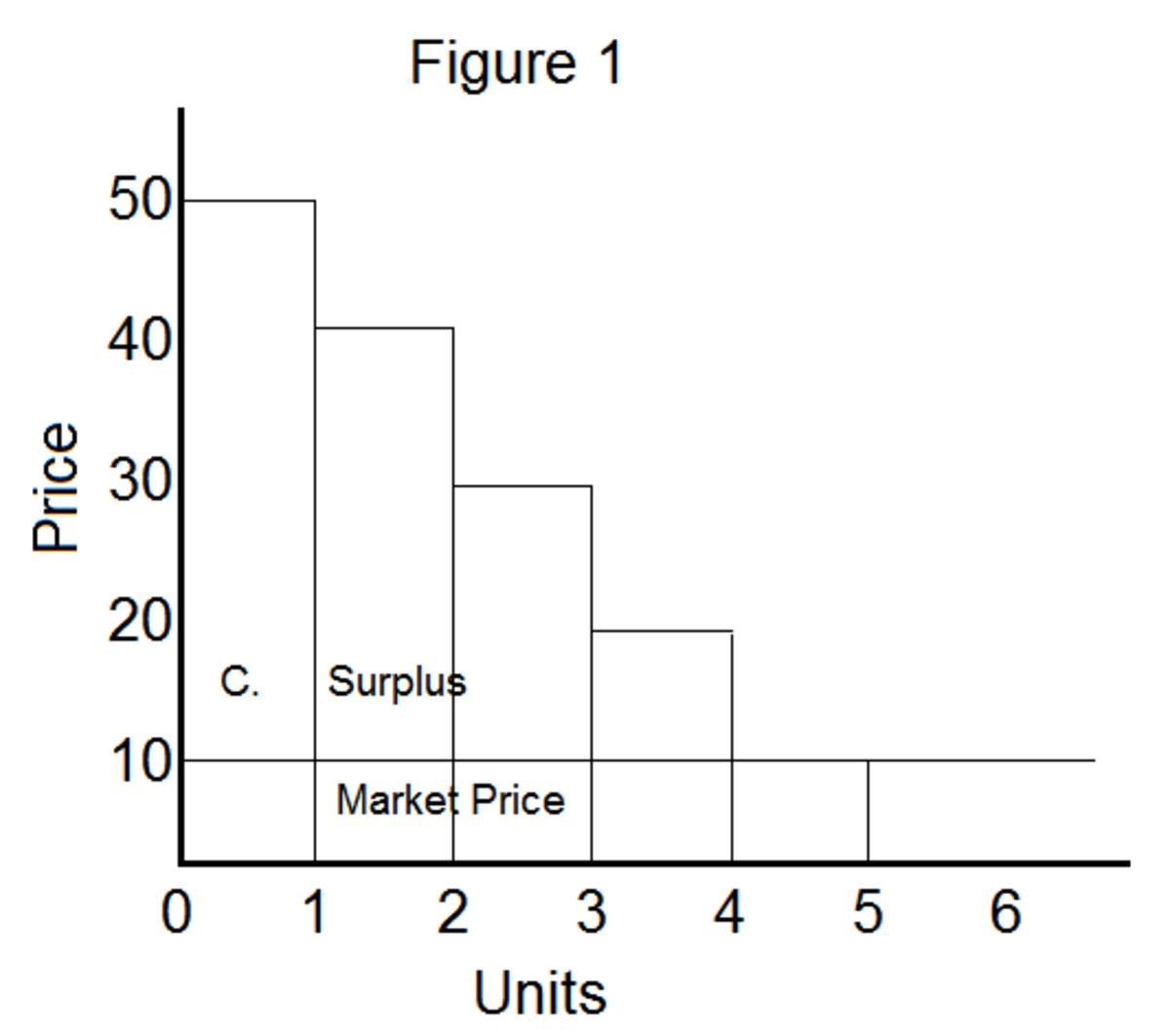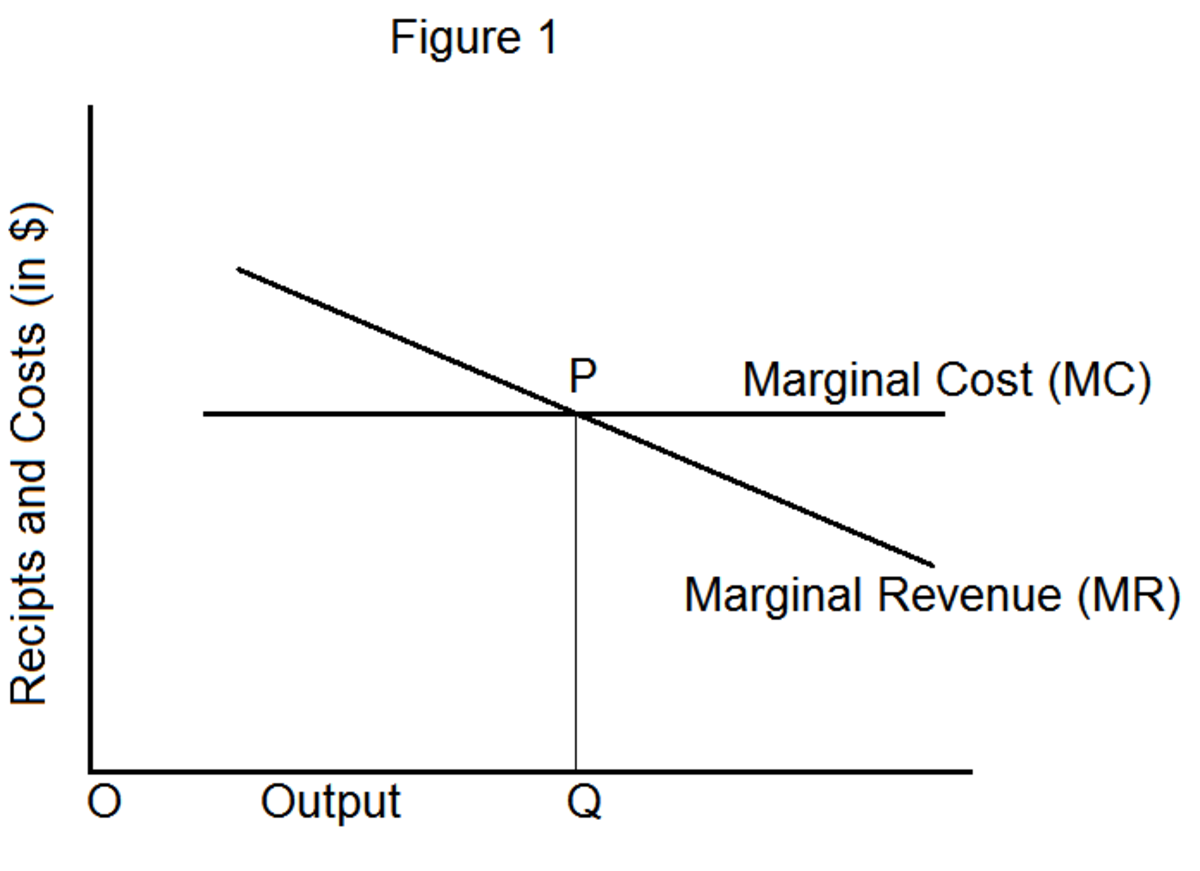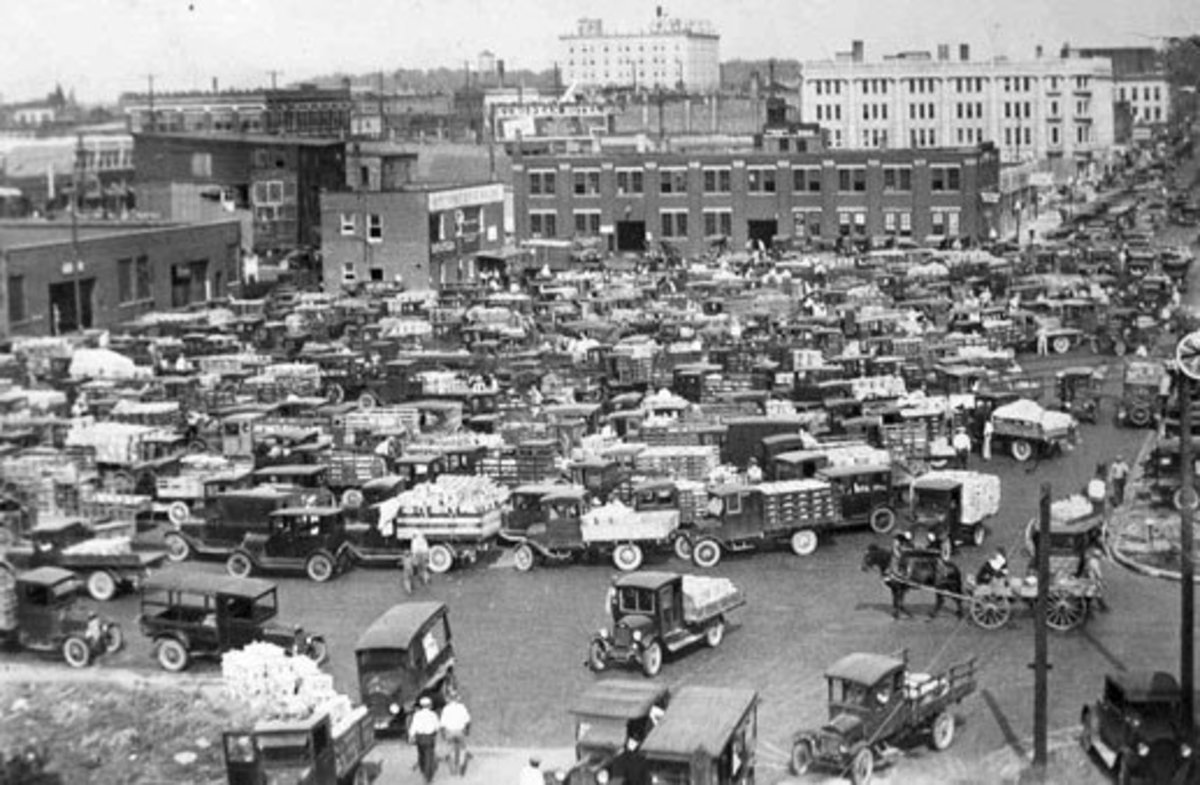Microeconomics Review: Price Ceilings & Floors
This article is part of my review guide for Principles of Microeconomics. It is an organized version of concepts from notes I have taken during reading and lectures. It is not meant to be your first introduction to the topic, but instead, should be a clarification of things you are already familiar with. It is a REVIEW tool used to brush up before an exam.
Price Ceilings
Price ceilings are maximum prices set by the government to help consumers by preventing prices from rising. The effect is an increase in consumer surplus compared to what the market does on its own, and a decrease in producer surplus. A common example is rent control.The market equilibrium may describe the price of rent to be $1,000/month. But a price ceiling set by the government limits it to $700/month. Because housing is more affordable this way, there is higher demand for it because more people are willing and able to rent at the lower price. But fewer landlords are able to rent units at this price because of costs to maintain these properties, and so supply less. The increased demand and lower supply creates a shortage.
Other effects of a price ceiling have to do with quality. A landlord has less incentive to perform regular maintenance and keep up the appearance of a property that he is able to make less money on. The quality of rent controlled housing decreases.
Price Floors
These are minimum prices set by the government to assist producers. They prevent a price from falling below a certain amount, which maintains a level of revenue firms receive. It increases producer surplus compared to the natural performance of the market, but decreases consumer surplus.
Price floors create a surplus of product as it's above the natural market price. The agriculture market is a good example. If the natural equilibrium price for apples is at $1, and the government puts a price floor of $4 in place, farmers will want to produce more apples, however, demand will decrease because fewer people are willing to pay $4 for apples than $1. Farmers end up with a surplus of apples. In agriculture, the government often does even more by purchasing the surplus of apples, but this is not true in other markets.
Another good example is the labor market. Minimum wage is a price floor because it's a minimum price a worker sells his labor for. Because this wage is above the natural equilibrium price, it creates a labor surplus. Workers are willing to produce more labor hours for the higher wage, but the demand is less because firms are unable or unwilling to pay for additional hours at the rate. Union wages have the same effect, creating a surplus of labor and lower demand at a given price.








